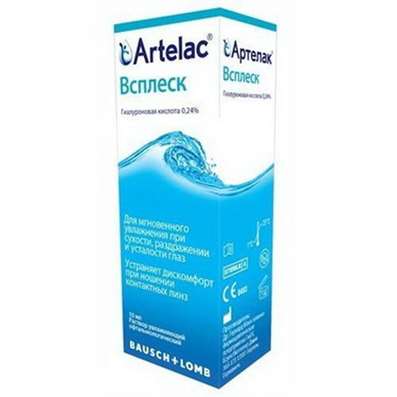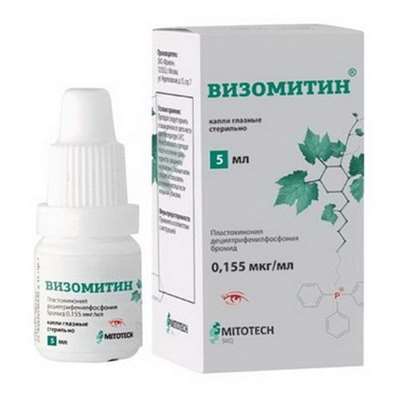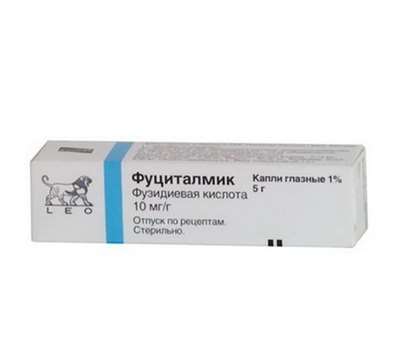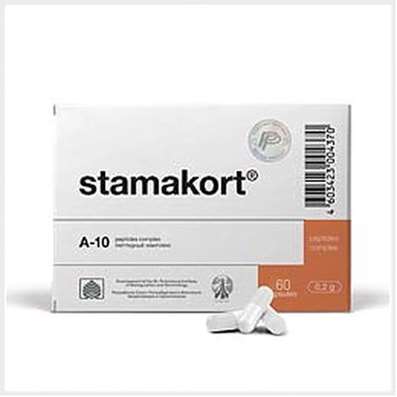Instruction for use: Adiuretin
I want this, give me price
ATX Code H01BA02 Desmopressin
Active substance: Desmopressin
Pharmacological group
Hormones of the hypothalamus, pituitary gland, gonadotropins and their antagonists
Nosological classification (ICD-10)
E23.2 Non-diabetes mellitus
Diabetes insipidus, Non-sugar, Renal form of diabetes insipidus, Non-hypophyseal diabetes pituitary (central)
N999 * Diagnosis of diseases of the genitourinary system
Angiography of the kidneys, Research of excretory function of the kidneys, Ultrasound for the detection of acquired uterine cavity changes, Replacement of fistulous catheters, Diagnosis of amenorrhea, Evaluation of kidney function and their visualization, Cystoscopy, Vesicology, Intrauterine diagnostic procedures, Urological catheterization, Retrograde urography, Angiography with urinary tract disease, Ultrasound examination of female genital organs, Instrumental studies of pelvic organs, MRI of pelvic organs, Pyelography, Small gynecological manipulations, Ultrasound examination of the genitourinary system, Excretory urography, Colposcopy, Radiography of the genitourinary system, Cystourethroscopy, Cytology of the cervix, Cystography, Cystourethrography, Magnetic resonance imaging of the kidneys, Enlargement of the urethra, Retrograde pyelography, Urethroscopy, Ultrasound of female genital organs, Angiography of the kidney, Mictional urethrocystography
R32 Urinary incontinence unspecified
daytime enuresis, Idiopathic bladder instability, Urinary incontinence, nocturia, The disorder of the bladder sphincter function, Spontaneous urination, Mixed forms of urinary incontinence, Functional disorders of micturition, Functional micturition disorders, Functional enuresis in children, Enuresis
Composition
1 ml of nasal drops contains desmopressin acetate 0.1 mg (1 drop - 5 μg); In the bottles-droppers for 5 ml, in the box 1 bottle.
pharmachologic effect
The pharmacological action is vasopressin-like.
It has an antidiuretic effect, activates VIII clotting factor and promotes an increase in the plasma plasmin activator level.
Pharmacodynamics
When diabetes insipidus improves the reabsorption of water from the distal tubules of the kidneys, while simultaneously increasing the relative osmotic density of urine. This helps to reduce the frequency of urination and reduce fluid intake.
Indications
Diabetes insomnia, bedwetting; When studying the concentration ability of the kidneys.
Contraindications
Hypersensitivity; Conditions, accompanied by a decreased relative osmotic density of blood plasma, incl. Psychogenic and habitual polydipsia; Fluid retention of various etiologies, incl. With chronic heart failure; Anuria.
Side effects
Nausea, abdominal pain, headache, runny nose, nosebleeds.
Dosing and Administration
Intranasal, with diabetes insipidus: 1-3 drops 2-3 times a day.
At night urinary incontinence: 2-10 drops at night (the dose is selected individually).
When studying the concentration ability of the kidneys: the recommended dose of 3 drops (about 15 μg), children over 1 year - 2-3 drops (about 10-15 μg). Immediately after the administration, the patient must empty the bladder and, for the duration of the test, and within 4 hours after the end of the test (only 8 hours), limit the flow of fluid. In the next 4 hours after using the drug, urine samples are collected every hour for the patient to determine the osmolality. If the test shows a decrease in the concentration ability of the kidneys, the test should be repeated.
With the development of acute central polyuria: intranasal by 2 drops. The onset of action should be expected in 30 minutes. Within 1 h, the balance between the inflow of fluid in the form of infusions and diuresis should be normalized. If within 1 hour there is no normalization of the balance, it is recommended to switch to injection (more often in / in).
Precautionary measures
A kidney nephrologist should study the concentration ability of the kidneys. In children under 1 year, the concentration test with Adiuretin is carried out in exceptional cases. The use of high doses in children under 1 year can lead to the development of seizures caused by irritation of the nervous system. In the case of testing in children under 1 year during the collection of urine should completely eliminate the intake of liquid.
storage Conditions
In the dark place at a temperature of 2-8 ° C. Protect from freezing.
Keep out of the reach of children.
Shelf life
2 years.
Do not use after the expiry date printed on the package.

 Cart
Cart





